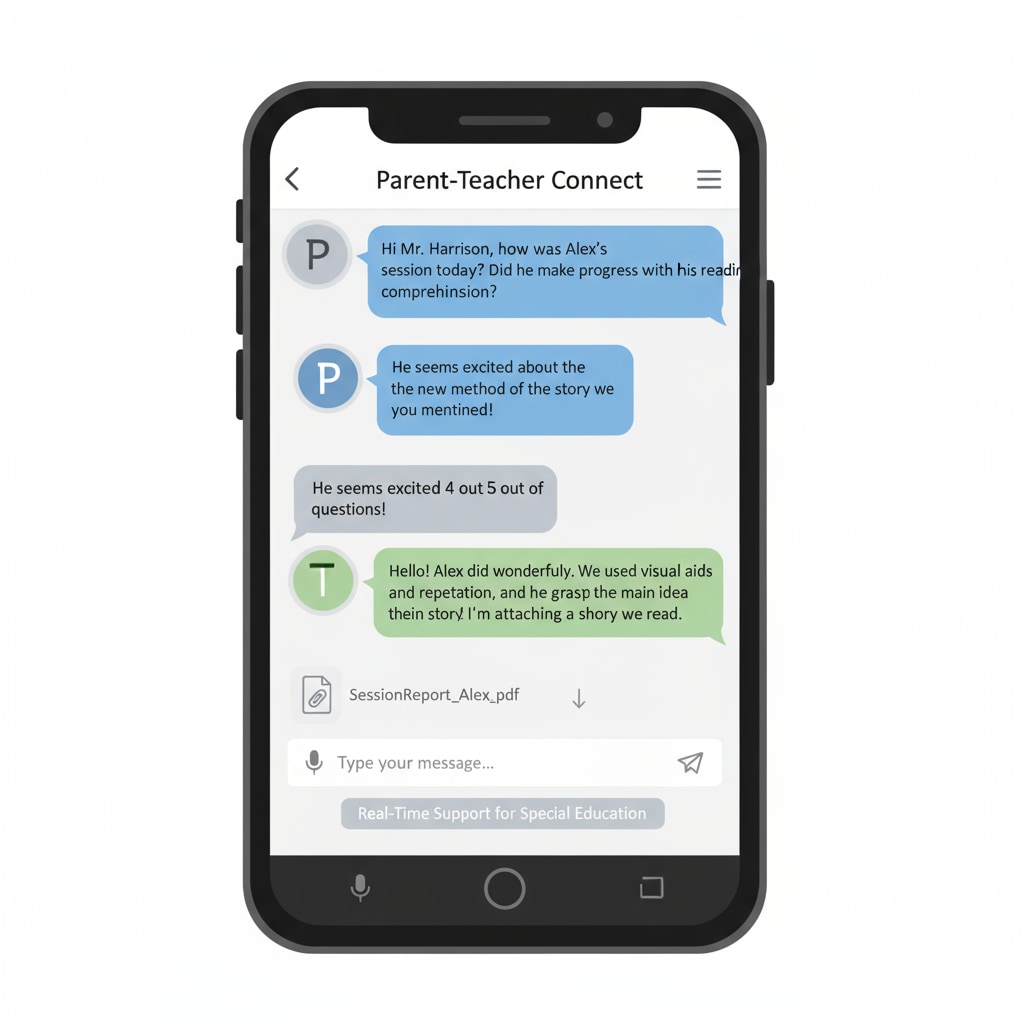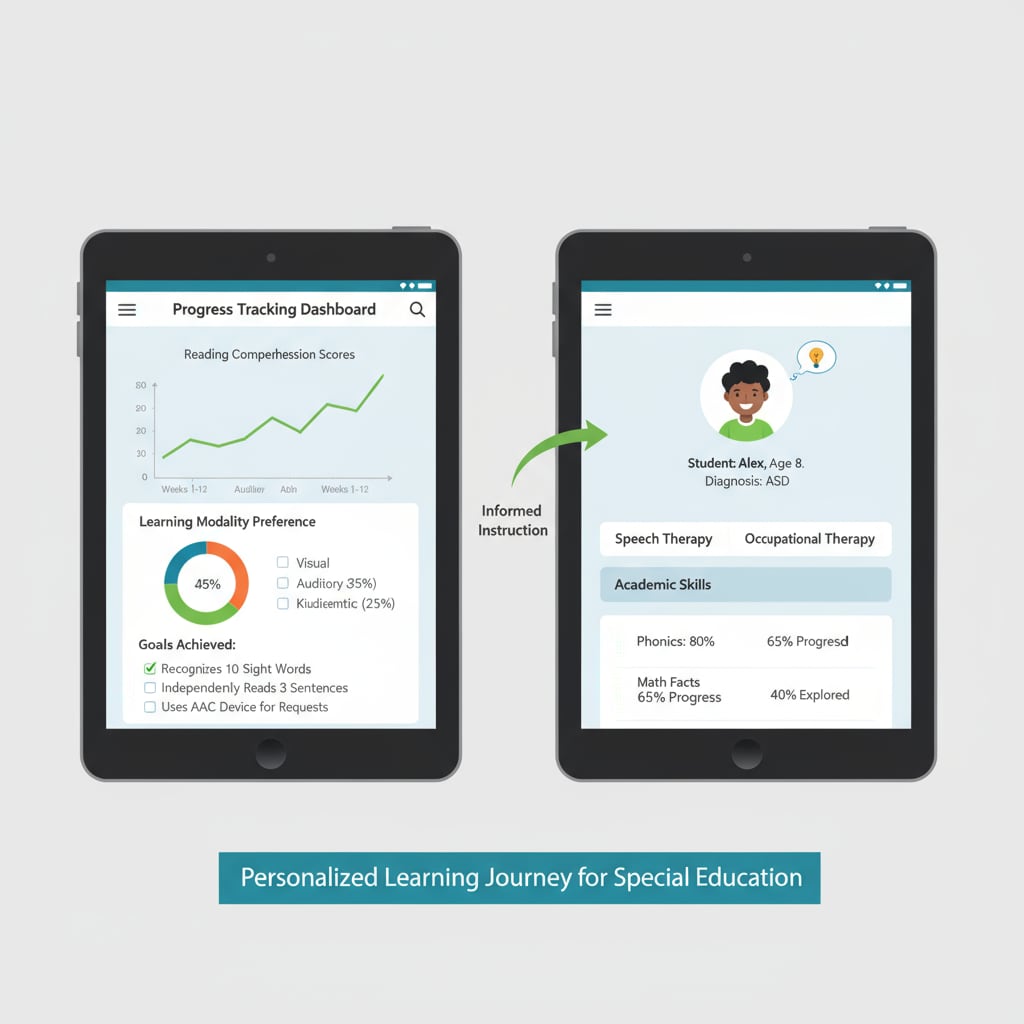In the field of special education, the significance of parent-teacher connection cannot be overstated. Tutoring apps designed for special education needs have emerged as a game-changer, revolutionizing the way parents and teachers collaborate to support students. These apps are not just tools; they are bridges that span the gap between home and school, fostering a more inclusive and effective learning environment.
The Need for Enhanced Communication
Students with special education needs often require a high level of individualized attention. Traditional communication methods between parents and teachers, such as occasional parent-teacher meetings or phone calls, are often insufficient. For example, a child with autism might have unique behavioral and learning patterns that need continuous monitoring and adjustment of teaching strategies. Tutoring apps enable real-time communication, allowing parents and teachers to share important updates promptly. This constant flow of information is crucial for creating a consistent support system for the student. Understood.org provides valuable insights into the communication needs in special education.

Features of Effective Tutoring Apps
One of the key features of these apps is the ability to share resources. Teachers can upload educational materials, such as specialized lesson plans, worksheets, and therapy techniques, which parents can access at any time. This resource sharing empowers parents to be more involved in their child’s learning process at home. Additionally, many apps have a progress tracking feature. Teachers can record a student’s academic achievements, behavioral improvements, or areas of concern, and parents can view this information in real-time. This transparency helps both parties work together towards common goals. Teach Special Education offers more details on the features beneficial for special education.

Another important aspect is the ability to customize the learning experience. Some apps use algorithms to match students with appropriate tutoring materials and support based on their specific needs. This personalized approach ensures that students receive the targeted assistance they require. However, implementing these apps also comes with challenges. Issues such as ensuring data privacy, dealing with technological barriers for some parents or teachers, and integrating the app seamlessly into the existing educational system need to be addressed.
Looking ahead, the future of these tutoring apps for special education needs is promising. With advancements in artificial intelligence and machine learning, apps can become even more intelligent in predicting students’ needs and providing proactive support. As we continue to refine and expand these tools, we can expect to see even greater improvements in the quality of education and support for students with special education needs. By leveraging the power of technology, we are truly bridging the gap and creating a more inclusive educational landscape.
Readability guidance: The content uses short paragraphs and lists to summarize key points. Each H2 section has relevant details presented in a clear manner. The passive voice is minimized, and transition words are used to enhance flow.


